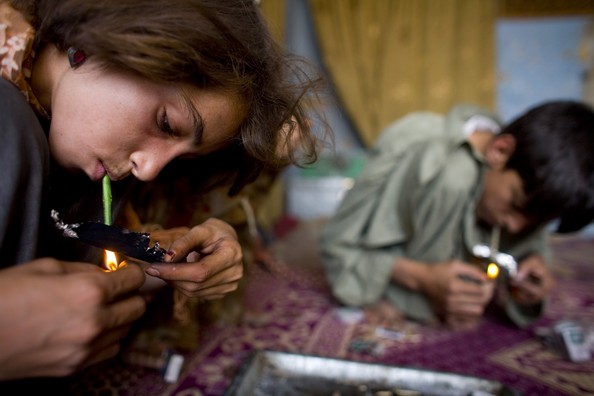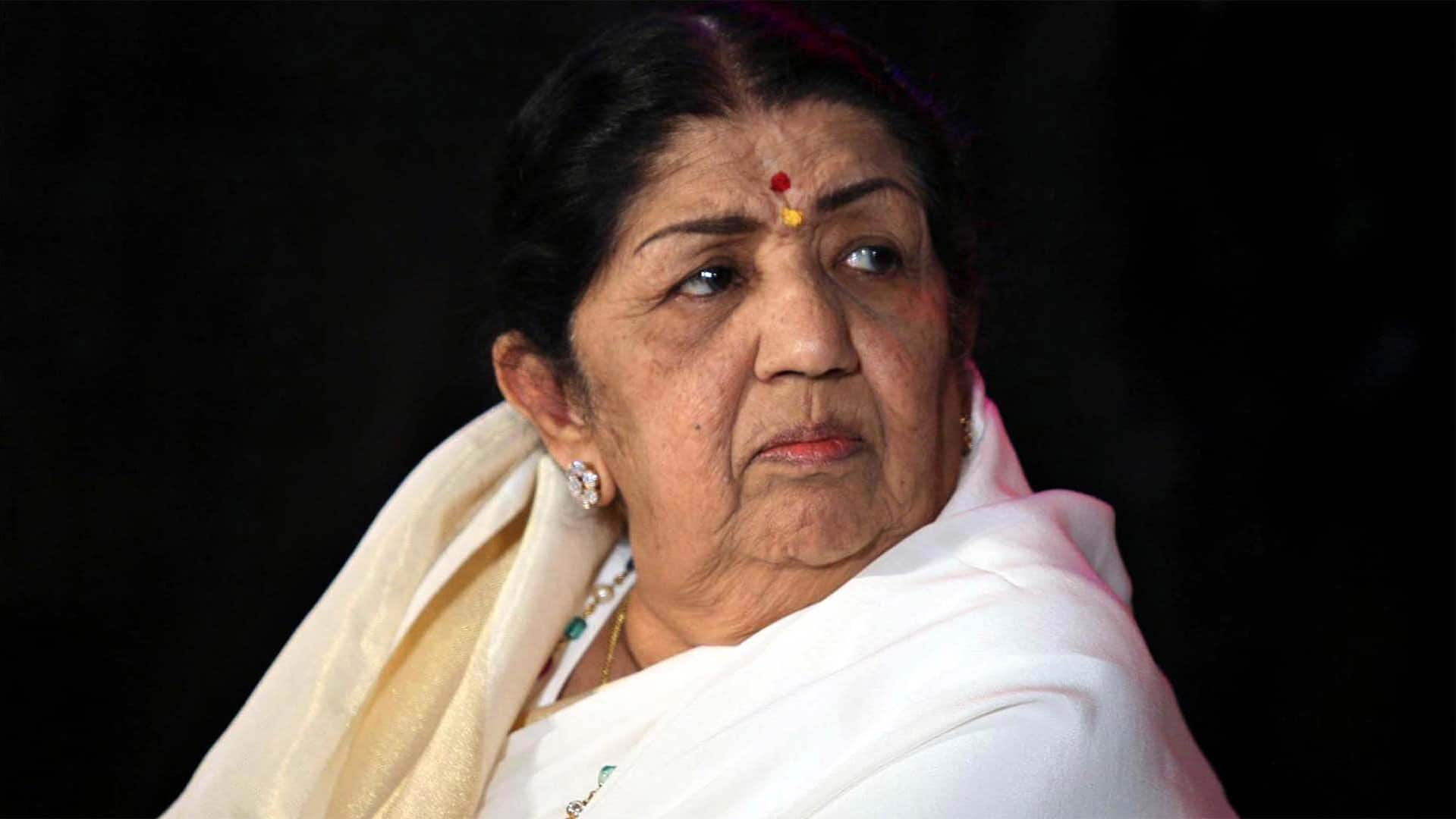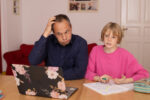Autism awareness is growing in Sri Lanka
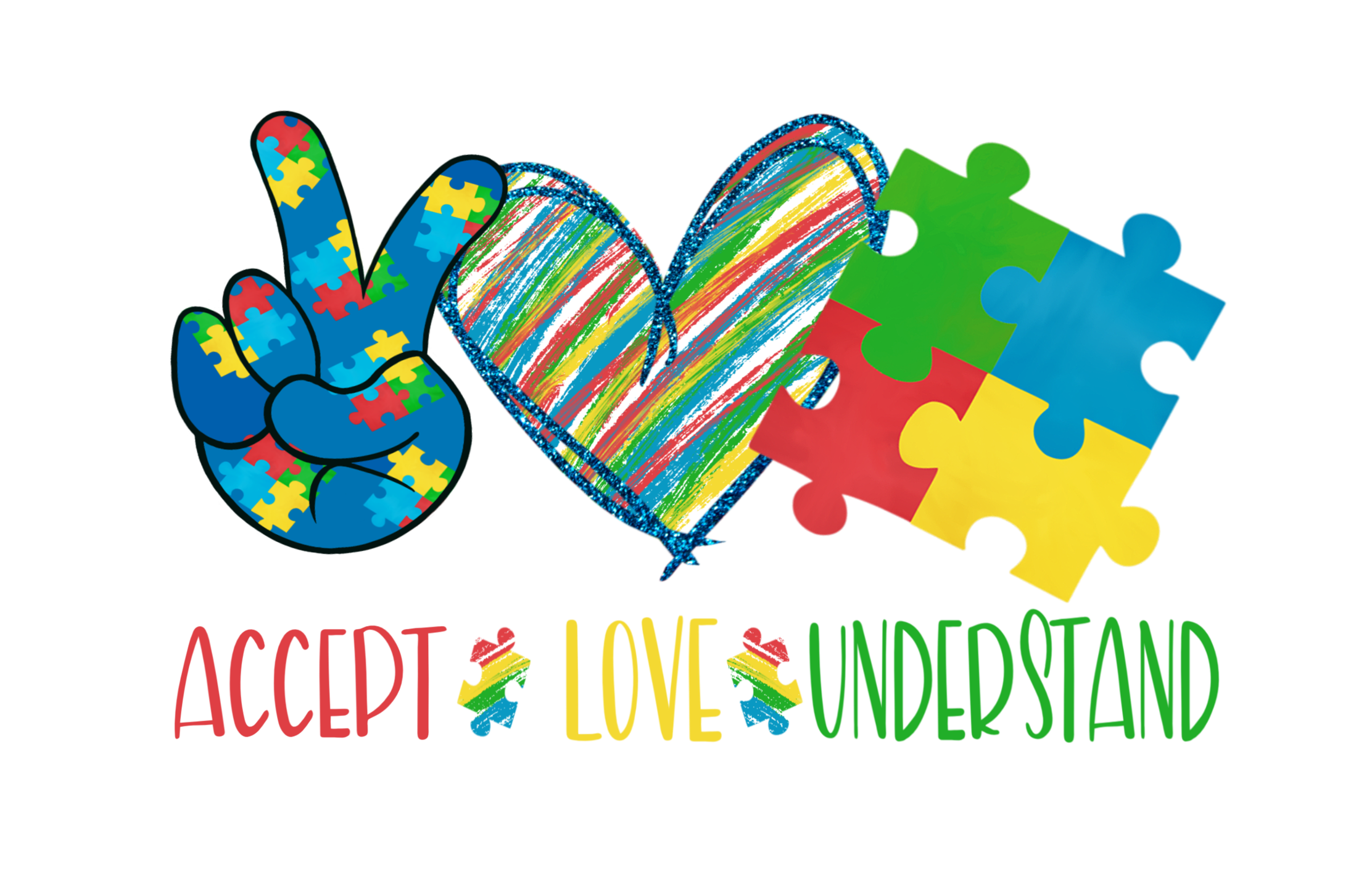
According to the World Health Organization, 1 in 270 individuals worldwide experience ASDs and Sri Lanka reports a prevalence of 1 in 93 children as having ASDs
Autism and its early detection
On the second of April every year the world lights in blue to spread awareness on Autism or Autism Spectrum Disorder (ASD) and the rights of individuals’ worldwide living with ASDs. According to the World Health Organization, 1 in 270 individuals worldwide experience ASDs (1) and Sri Lanka reports a prevalence of 1 in 93 children as having ASDs (2). ASD is a neurodevelopment disorder which begins during early childhood and may persist into adolescence and adulthood. ASDs in children can often be identified and diagnosed during the ages of 2-3 years or even as early as 6 months. Several factors including the interaction of genetic and physiological factors especially when combined with a non-stimulating environment is seen as prominent in influencing the development of this group of diverse disorders.
ASDs are characteristic of deficits in social communication and social interaction across multiple contexts as well as restricted, repetitive patterns of behaviour, interests or activities. These characteristics often affect the social development of those who experience ASD as they may lead to;
- reduced ability in effectively communicating with others
- reduced sharing of emotions
- reduced interest in actively listening to another party during conversations
- reduced maintenance of eye contact when interacting with others
- difficulty in initiating and maintaining friendships
Due to the aforementioned factors, the relationships between children with ASD and their parents/primary caregivers and peers may seem distant. However, though social development may be affected, it is noteworthy that hindered intellectual development is not characteristic of ASDs, even though it can act as a co-occurring condition.
Children with ASD may prefer spending time on their own and in doing so they may prefer playing with a certain part of a chosen toy (e.g. the wheels of a toy car) or an object with a lot of attention directly focused on it. They may also prefer arranging certain items or their toys in a
preferred order. These can be a result of the need for a strict and familiar schedule that is characteristic of ASDs which makes it uncomfortable for them to experience novelty where the need for routine makes it challenging to adapt to new activities. Below are some red flags that will help in identifying symptoms of ASD from an early stage and may signal the possibility of ASD.
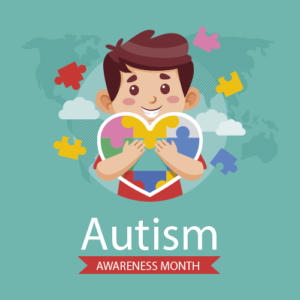
Signs in toddlers and infants
- At 6 months – the child does not reciprocate smiles given by others and is not able to understand when others are trying to interact with him/her.
- At 6 – 12 months – the child does not give or maintain eye contact with those who try to connect/communicate with him/her, the child does not communicate through smiles, cries, or any other form of communication other than speech, as commonly noticed by caregivers the child does not respond to their name being called despite of having normal hearing
- At 12 months – the child does not point at things and express his/her needs
- At 12 months – the child does not say single words
- At 24 months – the child finds it difficult to form meaningful sentences which may at least consist of two words
- At any stage of childhood – observed loss of developmental skills (social skills, speech skills) acquired during early childhood.
Signs that may indicate ASD at any stage
- An inability to maintain eye contact may be visible – however, it is noteworthy that this alone should never be considered symptomatic of ASD and those who experience shyness, social phobia as well as hearing difficulties too can show a lack of maintaining eye contact during interpersonal interactions.
- Complete lack of speech skills or late development of speech skills.
- Preferring to spend time alone or stay isolated.
- Difficulty interacting with others, esp. on an emotional level.
- Repeating the same word or phrase continuously
- Inability to adapt to changes in the daily routine or changes that may happen in their surroundings.
- Exclusive interest in a limited number of things or one chosen thing
- Repetition of activities (e.g. showing behaviours such as rotating in the same place)
- Hypersensitivity or hypersensitivity to noises, tastes, smells, light, and colours
However, it is noteworthy that individuals without ASD may show similar behavior and most importantly everyone who experience ASD may not collectively show all these symptoms. Therefore it is advisable to consult your physician in case you see such characteristics in your child. It is also important to attend routine checkups with your paediatrician to understand the developmental milestones your child is reaching and to see if any deviations have happened so that developmental delays/disorders can be detected and addressed early.
While medicine will not cure ASD, professional interventional methods ensure successful management of it. These include speech therapy, occupational therapy, social skill-building, evidence based psychosocial interventions such as behavioural therapies and engaging parents in the management process. Moreover, to ensure the right of education for every child, engaging the school systems in such interventions can also be immensely helpful as it will collectively help the child to adjust to situations better and improve their social skills. If you have concerns about this
condition it is always best to visit a psychiatrist, a psychologist or your child’s paediatrician for further professional advice.
Omella Outschoorn BSc (Hon) Psy (UK), MPhil in Clin Psy. (Col, SL)
Clinical Psychologist | Assistant Researcher, Faculty of Medicine,
University of Colombo, Sri Lanka
World Health Organization. Autism Spectrum Disorders. 2021. Available from: Autism spectrum disorders (who.int)
Perera H, Wijewardena K, Aluthwelage R. Screening of 18–24-month-old children for autism in a semi-urban community in Sri Lanka.
Annals of Tropical Pediatrics. 2009;55(6):402–405. doi: 10.1093/tropej/fmp031.

